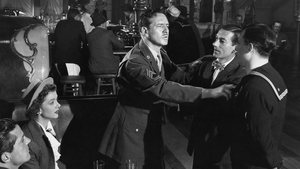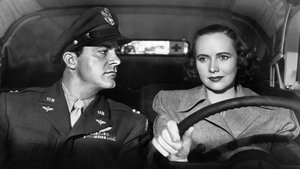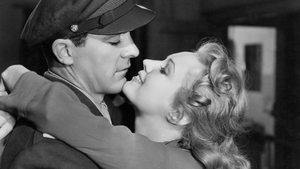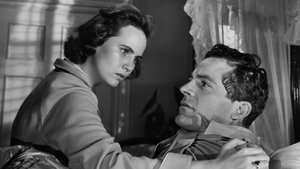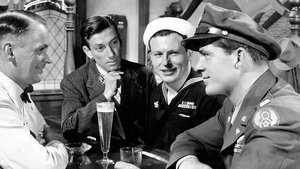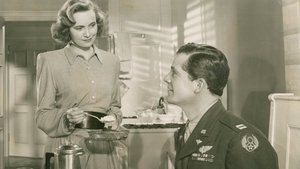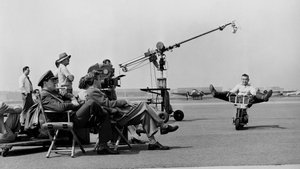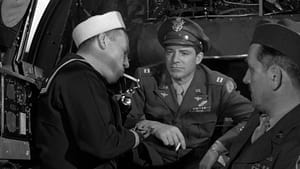Contact: [email protected]
Video Sources 0 Views
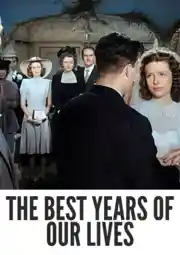
Synopsis
[ez-toc]




Introduction
In the realm of old movies, few have left an indelible mark on cinematic history like “The Best Years of Our Lives Colorized,” a 1946 American drama film directed by the visionary William Wyler. This timeless classic, known for its portrayal of post-war veterans and their struggles, has now undergone a remarkable transformation through colorization. This article delves into the intricate details of this cinematic gem, exploring its significance, the controversies surrounding colorization, and the enduring legacy that continues to captivate audiences.
Read Media File Transfer Agreement: Terms and Conditions
Read FAQ
The Evolution of Colorization in the Film Industry
Colorization of black-and-white movies has been a subject of both fascination and controversy in the film industry. The practice involves adding color to monochrome films, breathing new life into classic works. “The Best Years of Our Lives Colorized” serves as a prime example of this evolution, as it transitions from the iconic black-and-white aesthetic to a full spectrum of colors.
The history of colorization is marked by debates over artistic integrity and preservation. Critics argue that altering the original vision of filmmakers compromises the authenticity of classic cinema. However, proponents assert that colorization provides a fresh perspective, making old films more accessible to modern audiences.
In the case of “The Best Years of Our Lives Colorized,” the decision to colorize offers a unique opportunity to re-experience the narrative in a visually immersive way. The film’s deep focus cinematography, a technique that emphasizes a broad range of distances within the frame, is poised to be accentuated by the introduction of color.
Section 1: Restoring the Past: The Making of “The Best Years of Our Lives Colorized”
Examining the Creative Vision of Director William Wyler
At the heart of this cinematic journey is the creative brilliance of director William Wyler. Renowned for his ability to bring out the emotional depth of characters, Wyler’s vision for “The Best Years of Our Lives Colorized” was nothing short of groundbreaking. His meticulous attention to detail and commitment to authenticity set the stage for a narrative that would resonate across generations.
The Screenplay Adaptation Process and Collaborative Efforts
MacKinlay Kantor and Robert E. Sherwood, the talented writers behind the screenplay, played a pivotal role in shaping the narrative. The delicate balance between drama and realism was achieved through their collaborative efforts. The result is a script that not only captures the essence of post-war America but also explores the complexities of human relationships.
Composing the Musical Score to Enhance the Emotional Narrative
Hugo Friedhofer and Emil Newman, the composers responsible for the film’s evocative score, added another layer of emotion to the narrative. The musical accompaniment becomes a character in itself, guiding the audience through the tumultuous journey of the protagonists. As “The Best Years of Our Lives Colorized” moves into the realm of color, the musical score promises to intensify the emotional impact, enveloping viewers in a rich auditory experience.
Section 2: Portraying Realities: Themes and Performances in Technicolor
Exploring the Theme of Veterans’ Struggles
The heart of “The Best Years of Our Lives Colorized” lies in its exploration of veterans’ struggles for identity and purpose. The film delves into the challenges faced by returning soldiers as they attempt to reintegrate into society. This theme remains relevant, resonating with audiences across different eras who grapple with the aftermath of war and the complexities of transitioning to civilian life.
Exceptional Performances and Character Depth
The stellar cast, including Harold Russell, Myrna Loy, Fredric March, Dana Andrews, Teresa Wright, and Virginia Mayo, brings unparalleled depth to their characters. Each actor delivers a performance that transcends time, capturing the essence of the post-war era. Harold Russell, in particular, earned acclaim for his portrayal of Homer Parrish, a disabled veteran, showcasing the film’s commitment to authenticity.
Section 3: From Black-and-White to Full Spectrum: The Colorization of “The Best Years of Our Lives Colorized”
Understanding the Techniques of Colorization
The transition from black-and-white to color involves a meticulous technical process to maintain the original aesthetic. The colorization team employs advanced technology to ensure that each frame reflects the intended atmosphere of the film. This process involves a delicate balance between enhancing visual appeal and preserving the director’s artistic vision.
Controversies Surrounding Colorization
The decision to colorize a cinematic masterpiece like “The Best Years of Our Lives Colorized” has not been without controversy. Purists argue that tampering with the original black-and-white format disrupts the intended viewing experience. However, proponents of colorization argue that it breathes new life into classic films, making them more accessible to contemporary audiences.
Section 4: Retaining Relevance: The Timeless Appeal of Veterans’ Stories
Enduring Relevance of Themes
“The Best Years of Our Lives Colorized” remains relevant today, transcending its initial post-war context. The film’s exploration of post-war challenges, relationship dynamics, disability struggles, and financial difficulties continues to resonate with audiences. Its timeless themes serve as a poignant reminder of the human cost of war and the indomitable spirit of individuals.
Depiction of Disability and Impact on Personal Relationships
Homer Parrish’s character, portrayed by Harold Russell, offers a nuanced portrayal of disability and its impact on personal relationships. Russell’s authentic performance earned him an Academy Award, highlighting the film’s commitment to representing the realities faced by veterans with disabilities.
Financial Struggles Faced by Veterans
The film also addresses the financial struggles faced by veterans transitioning into civilian life. This aspect remains pertinent, shedding light on the challenges many veterans continue to encounter long after their service has ended.
Section 5: From 1946 to the Present: The Legacy of “The Best Years of Our Lives” in Living Color
Reception and Recognition
Upon its release in 1946, “The Best Years of Our Lives Colorized” received widespread critical acclaim and became a box office success. The film’s impact extended beyond its initial reception, earning seven Academy Awards, including Best Picture. Its influence on future filmmaking cannot be overstated, setting a standard for nuanced storytelling and authentic character portrayal.
Enduring Legacy
“The Best Years of Our Lives Colorized” continues to be celebrated as a cinematic masterpiece. Its themes, performances, and the transformative power of colorization contribute to its enduring legacy. The film serves as a testament to the resilience of the human spirit and remains an essential part of film history.
Where to Watch the Colorized Version
For those eager to experience “The Best Years of Our Lives Colorized” in living color, various streaming platforms offer access to the colorized version. Embrace the opportunity to witness this classic in a new light, with the added vibrancy that colorization brings to the screen.
In Conclusion
In the annals of film history, “The Best Years of Our Lives Colorized” stands as a testament to the power of storytelling and the ability of cinema to transcend time. The decision to colorize this 1946 masterpiece opens new avenues for audiences to connect with its themes and characters. As we embark on this visual journey through the colorized version, let us celebrate the enduring legacy of a film that captures the essence of the human experience, from the black-and-white era to a vibrant spectrum of emotions.
